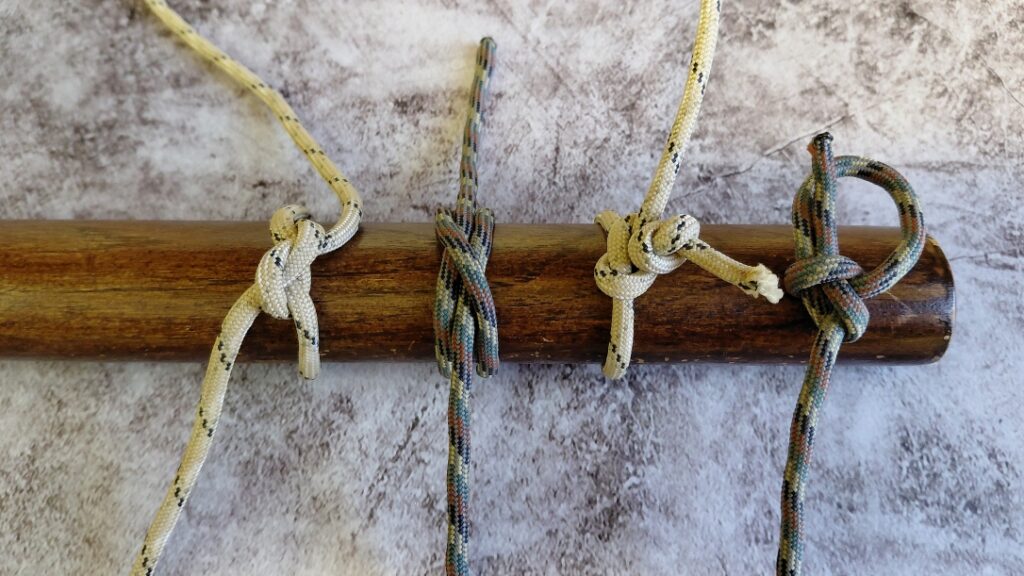Aaron Cowan over at Sage Dynamics answers these questions about the Specialized Reflex Optic. Trijicon released the SRO to a surprised audience and it made quite the impression at NRAAM.
Compatible with the RMR mounting footprint and with 1 MOA, 2.5 MOA, and 5 MOA dot sizes, the competition oriented SRO has a generous window and is very eyeball friendly. The SRO still has a 7075-T6 body and is a sturdy optic in its own right but the change in window design has given up some of the “ruggedized” nature of the RMR.
What’s the SRO’s Role?
Looking at the new optic myself and speaking with several people on the around the industry about the SRO’s place has come to a few salient points on it.
Advertisement — Continue Reading Below
The SRO is a well designed red dot for handguns. Especially in the role of introducing red dots to shooters, the SRO has the window sizing to make dot acquisition easy. Top battery access mitigates loss of zero from a battery change. Excellent brightness adjustment and a brightness lock to set a setting are solid features to prevent confusion during adjustment. All in all the SRO took red dot design and optimized it for a highly useable while still durable format.
The SRO isn’t an RMR. It does not replace what the RMR can do. It occupies a different space in the red dot hierarch. It is not designed for “Duty Use” in regards to primary emphasis on extreme durability. The SRO is all about the usability interface, it exists to make a performance red dot easy.
Will it suit your needs? Maybe. I intend to find a place for one on a pistol or carbine, that 1 MOA dot and window are superbly easy to pick up and it lends itself well to very fast acquisition. The real question, do these features make it what you need?
Advertisement — Continue Reading Below















